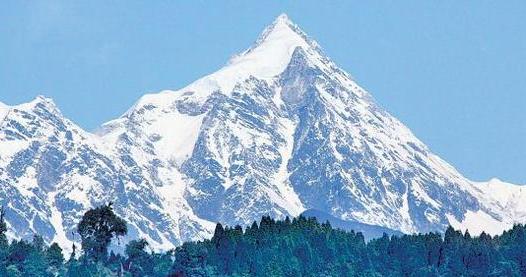
Khangchendzonga National Park (KNP) in Sikkim has been named a world heritage site by the World Heritage Committee (WHC) of UNESCO.
The listing was announced at the 40th session of the WHC, currently under way at Istanbul in Turkey.
The KNP is the first ‘mixed’ heritage site from India to make it to the list.
A mixed site exhibits qualities of both natural and cultural significance.
Earlier, the archaeological site of Nalanda Mahavihara (Nalanda University) in Bihar was also marked as a heritage site. The Capitol Complex in Chandigarh also made it to the list, thus bringing all three nominations this session into the heritage roll of honour.
Key Points
This is the first time that any country got three sites inscribed in the Word Heritage List at a single session of the committee meeting.
India now has 35 sites, including 27 cultural properties, seven natural sites and one mixed site, notified as World Heritage Sites.
The park qualified as a mixed site under the Operational Guidelines of WHC for its exceptional testimony to a cultural tradition or to a civilisation which is living or which has disappeared.
About KNP
The park exhibits one of the widest altitudinal ranges of any protected area worldwide.
It boasts of a unique diversity of lowlands, steep valleys and snow-clad mountains, including the world’s third highest peak, Mt. Khangchendzonga, besides numerous lakes and glaciers.
The KNP, which covers 25 per cent of Sikkim, is home to a significant number of endemic, rare and threatened plant and animal species.
A large number of bird and mammal species has also been recorded from here.
The park combines the religious and cultural practices of Buddhism as well as the ecological significance of the region, and stands out as an outstanding example of traditional knowledge and environmental preservation.
It is also a unique example of coexistence and exchange between different religious traditions and people.
Capitol Complex
Chandigarh’s famed Capitol Complex, which includes the Legislative Assembly, Secretariat and High Court, was designed by French architect Le Corbusier.
The complex was designed by Le Corbusier in the 1950s when the city was constructed as a symbol of independent, modern India.
Current Affairs 17th July, 2016 Current Affairs Round Up Bullet Points, June, 2016 Current Affairs Round Up Bullet Points, May, 2016

Join The Discussion